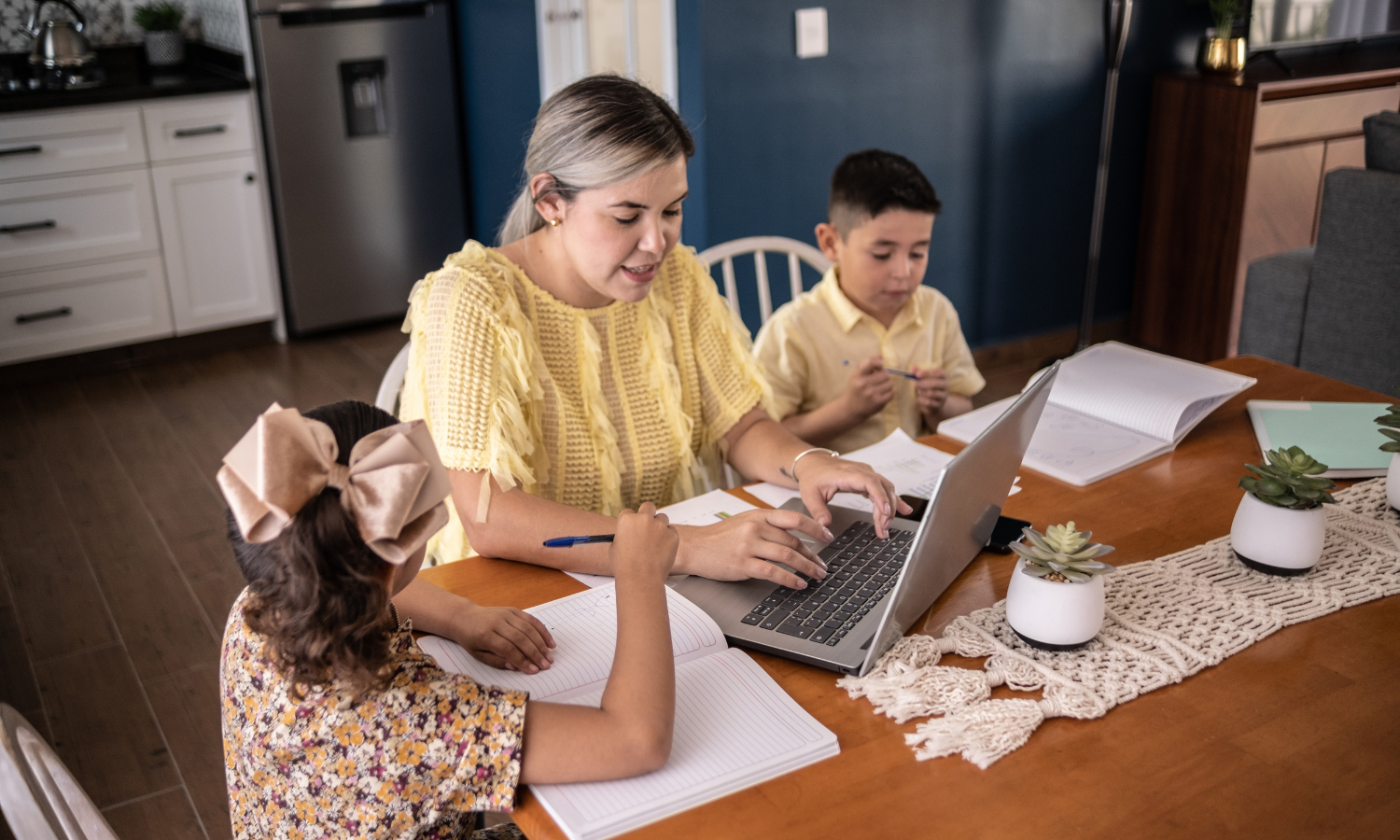
Breaking skills down into tiny steps. Making activities motivating and enjoyable. Encouraging each step of improvement. Giving helpful cues but preventing reliance on them. Understanding the root of why a challenge is occurring. Focusing on meaningful goals to improve quality of life. These are just a few hallmarks of applied behavior analysis (ABA).
ABA is the gold-standard for both teaching new skills and reducing challenging behavior.
ABA is a compassionate, individualized, and effective way to address the needs of an individual with autism. Its effectiveness has been demonstrated in hundreds of studies conducted over decades by scores of independent researchers. ABA is the gold-standard for both teaching new skills and reducing challenging behavior. Challenging behavior refers to both unsafe actions like self-injury or aggression and stumbling blocks to learning progress such as difficulty paying attention or navigating social skills. Essentially, ABA offers proven strategies to increase useful behaviors to improve all areas (communication, social, academic, self-help, and leisure skills) and decrease behaviors that interfere with relationships, and learning, and well-being.
Helping Individuals
 APPLIED: Goals That Are Important to the Individual and His/Her Family
APPLIED: Goals That Are Important to the Individual and His/Her Family
ABA is used to help individuals learn valuable behaviors that improve their quality of life. For example, a younger child may be taught to request the things that they want most, such as items, activities, and attention from those around them. Older learners may be working on important life skills such as tending to their daily hygiene, making meals, and completing job-related activities. Those working with the individual continually assess what the learner is motivated by (a favorite item or activity) and then provide it as a reward for working toward their goals, making the learning process enjoyable and helping them to maximize progress.
Focusing on the Behavior
 BEHAVIOR: Observing, Measuring, and Improving Behavior
BEHAVIOR: Observing, Measuring, and Improving Behavior
The treatment involves breaking down complex skills into simple parts, making them easier to learn. For example, when teaching to wait for a preferred item, waiting for just a few seconds might be targeted first, with gradual increases up to a few minutes or more. Similarly, if the goal is independent tooth brushing, putting the toothpaste on the toothbrush may be the initial skill taught, with the steps of brushing to follow. Goals are selected based on the team’s priorities and ongoing assessments.
Figuring Out What Works
 ANALYSIS: How the Environment Affects Behavior
ANALYSIS: How the Environment Affects Behavior
ABA can also be used to decrease behaviors that are harmful or interfere with learning or relationships. Behavior is observed to see what factors in the environment might be contributing, such as what happens before and after the behavior. For example, a student might consistently refuse to complete his math work at school. Looking more closely at the task to determine if is too difficult, repetitive, or lengthy might help his teacher understand how to modify the work to prevent the behaviors from occurring in the first place. Or, if a child is consistently getting her parent’s attention when she tantrums at a store to get a toy, a different approach might be considered for responding to the behavior. More adaptive skills can also be taught to the learner to replace the inappropriate behaviors, such as asking for help, requesting a break, or accepting different choices.
Professionals supervising ABA programs are continually engaged with the learner to determine which intervention, strategy, prompt, or reward will work best for him/her in that moment. ABA methods should be tailored both to the individual and to the skill being taught, thereby making it a practical approach for treating the core symptoms of autism.
Teaching and Using New Skills Everywhere
 GENERALIZATION: Helping Individuals Use Skills in New Settings and with New People
GENERALIZATION: Helping Individuals Use Skills in New Settings and with New People
ABA is used at school, in the home, and in the community, making the approach user-friendly to help the individual accomplish their goals where they matter most. Family members are encouraged to be actively involved in treatment by helping their loved one practice skills in new environments and in different situations. For example, once an individual learns how to answer simple conversational questions, (s)he is encouraged to practice this skill with familiar people at school and family gatherings.
For additional information about ABA and how to get started, contact Autism New Jersey’s Helpline 800.4.AUTISM. Our online referral database can connect you to behavior analysts in your area.










 APPLIED: Goals That Are Important to the Individual and His/Her Family
APPLIED: Goals That Are Important to the Individual and His/Her Family ANALYSIS: How the Environment Affects Behavior
ANALYSIS: How the Environment Affects Behavior